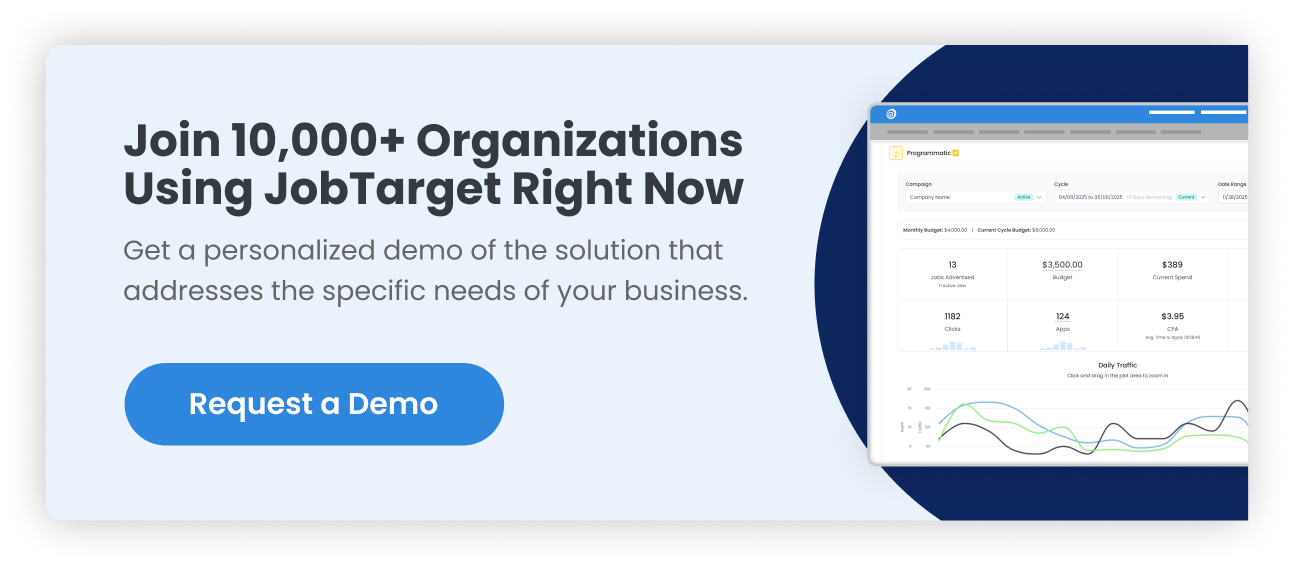Economic data can be a challenge to understand, and the Bureau of Labor Statistics, responsible for tracking a vast array of economic data for the United States, can be especially complex. Here’s a short guide to deciphering one of the two parts of the summary: The Household Survey. The figures reported by the BLS are widely used as economic indicators and are heavily reported on each month. Understanding how to walk through the report is a great way to stay abreast of changes in the economy and job market.
What’s in the BLS Employment Situation Summary?
The monthly report consists of two main sections, The Household Survey and The Establishment Survey. In this post, we’ll walk through how to understand The Household Survey. Stay tuned for our future guide to The Establishment Survey.
What does The Household Survey track?
This part of the report is focused on people – namely, the workforce.
Unemployment
This reports the number of unemployed persons in the US, broken down by various demographic factors for those interested in diving into the details. It also reports the unemployment rate (the rate of people in the workforce who are unemployed and actively searching for work).
Length of Unemployment
The length of time a person is unemployed is tracked, with special focus recently on the long-term unemployment rate (those looking for work for more than 27 weeks). Over the course of the COVID pandemic, this number was impacted greatly.
Job Leavers
Those who left their jobs voluntarily to either start a new one or immediately begin a search. This figure has been another focus as The Great Resignation emerged, shaking up the labor market.
Labor Force Participation
This is the percentage of the US population that is either working or actively looking. A higher rate means that more of the population is working, often considered a good economic sign.
Part-time Workers
Both those who are working part-time for economic reasons and those doing so voluntarily is broken down. The number of people working part-time for economic reasons are those who would prefer to be full-time but have not found full-time work.
Discouraged Workers
Those who want to work but have given up because they couldn’t find a job are called discouraged workers and are no longer in the workforce.
Supplementary Data
The BLS has recently begun to include additional data that came about due to COVID. The rate of those working remotely is now included, as is the number of people who reported losing work due to COVID-related business closures.


.png)





